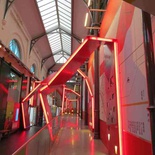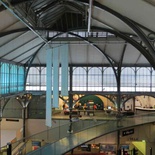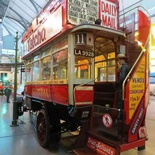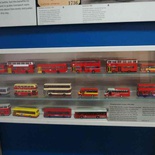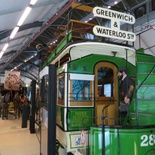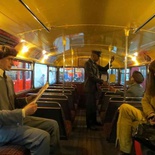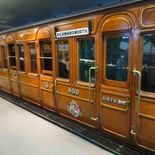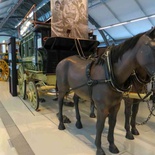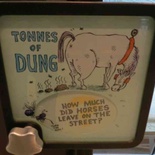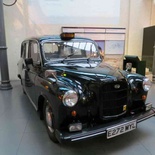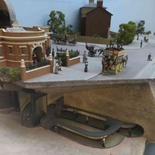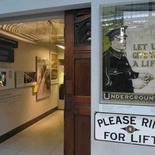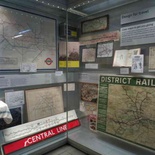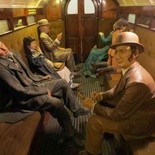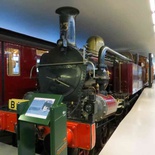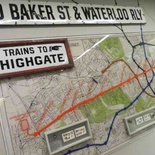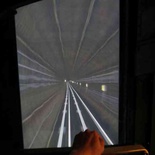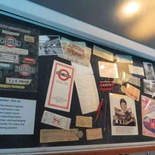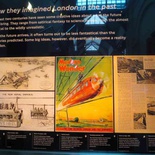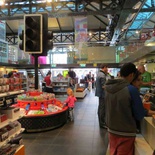What you get when you are the world’s pioneers when it comes to public transportation? Why start a museum of public transportation of course. Today we pay a visit to the London Transport Museum.
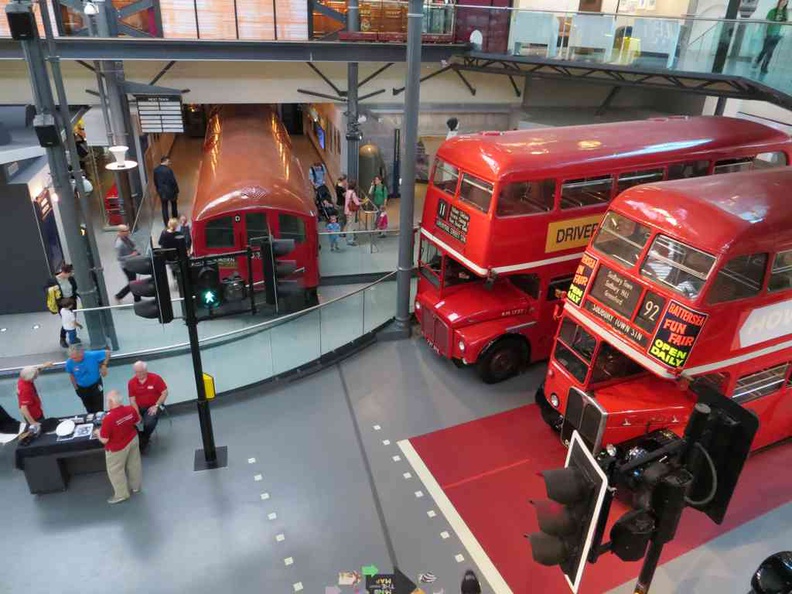
Moreover, the museum is a large cavernous one, with galleries spanning multiple floors in the London covert garden district in the city of London. Also, from the entrance, gift shop and ticketing area. You start off taking an elevator “into time” towards the top floor. Your transport journey follows through a chronological order through time.
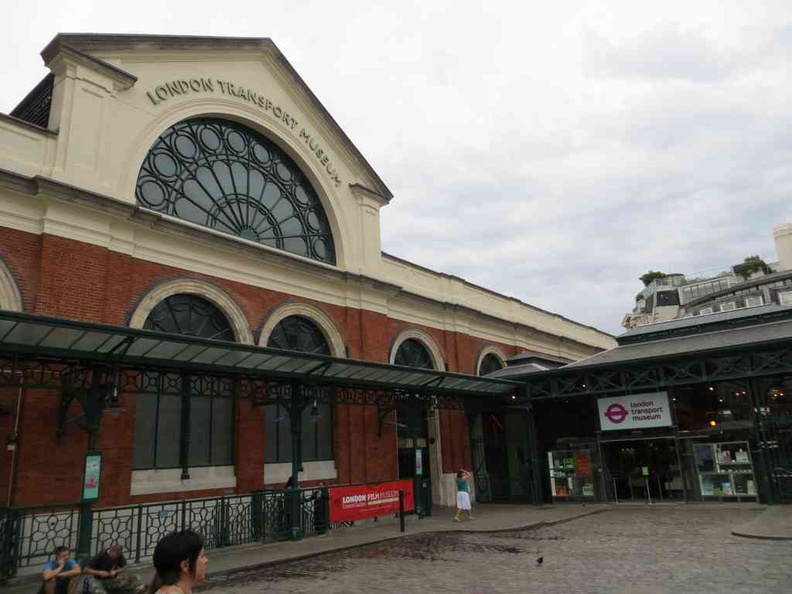
London Transport Museum, a family-friendly museum
Additionally, here, the museum sees you through a mix of infographic sections, murals artwork, signage and over 80 different types of transport vehicles on display. Also, there are even “stamp” passports you can obtain from the front counter to collect through your exploration and great for kids.
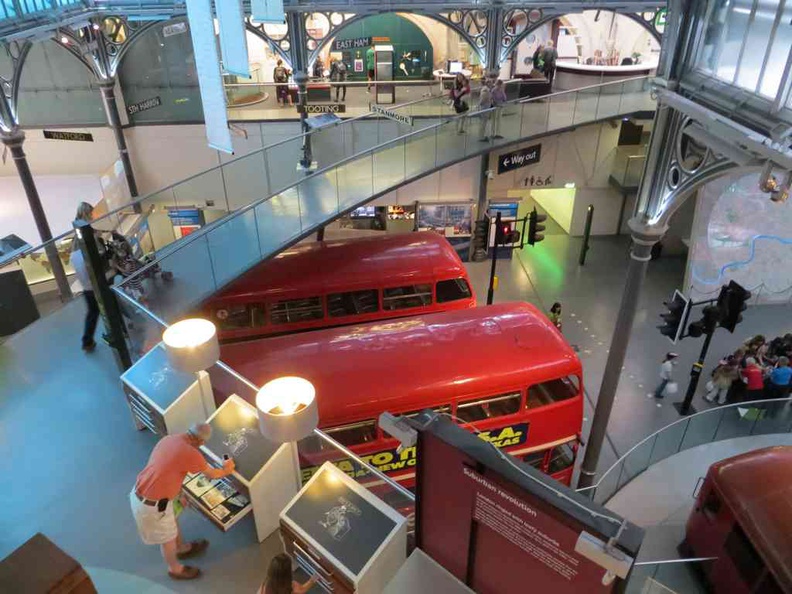
Moreover, it starts with London in the 1780 to 1800 era using human rickshaws (sedan chair). These human-powered “sedan chairs” had their beginnings by the mid-1600s, where there were many licensed and numbered Sedan chairs operating within London itself. Also, this gave rise to the “Sedan” we associated with cars today.
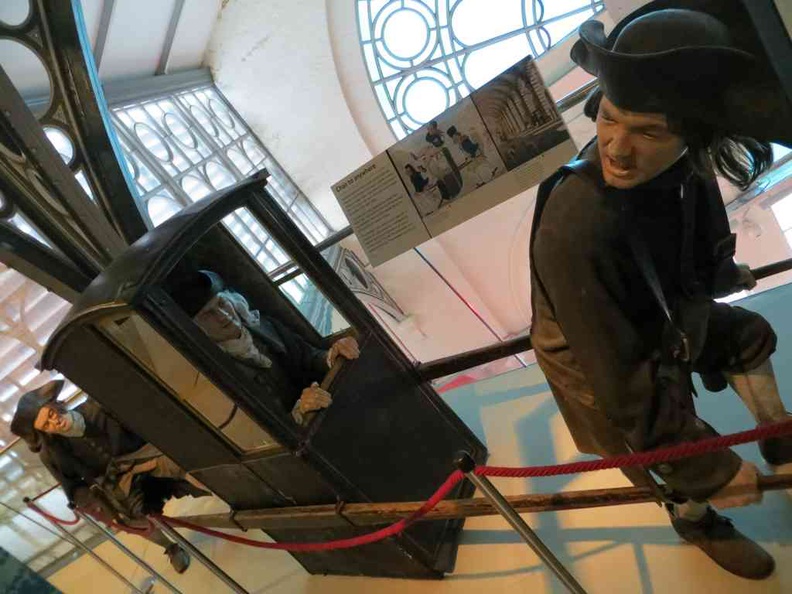
It is namely to define a “three-box configuration” with a front and rear space with passengers in the middle. Also, these Sedan chairs popular and only assessable to wealthy passengers who used them for short journeys and is faster than horse carriages.
The first double-decker bus
Going through time, from human power we have horse power. While London is synonymous with the iconic red Routemaster double decker motor bus, its origins traces all the way to Thomas Tilling Knife boat horse bus dated 1875.
Furthermore, the first double-decker was pioneered by Stanislas Baudry. It started as a two-level horse-drawn carriage. Later, inspired by Baudry’s success and idea of a passenger-dense transporter, George Shillibeer an English gentleman, brought this “omnibus’ to London. Hence, from here, we saw the introduction of the London General Omnibus Company ‘garden seat’ type horse bus (circa 1881). The rest is history.
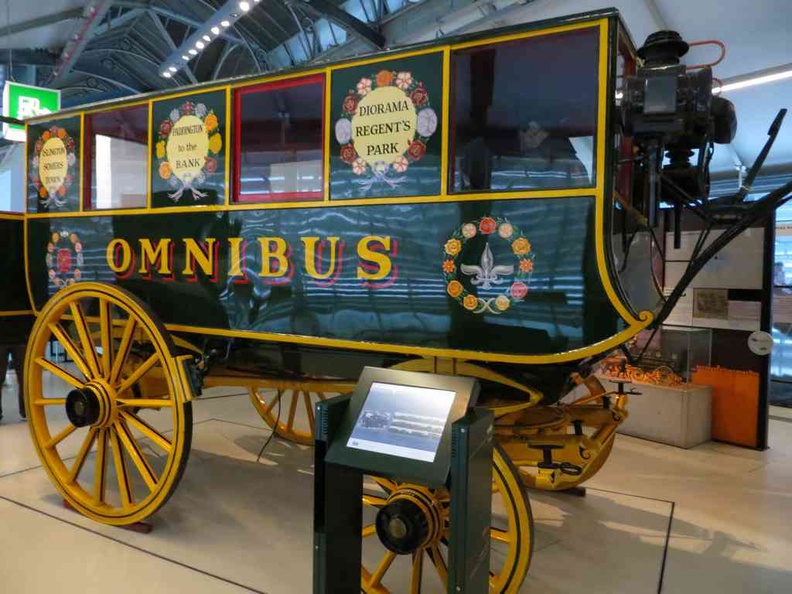
Additionally, these horse-drawn cartridges for busses are the primary mode of mass public transport in London during the 1900s. Less the simplicity of an simple gentleman’s human-powered Evans bicycle from 1928.
However, with your “buses” having to eat, comes the issue of large amount of horse manure pooped everywhere on the streets. Then comes the era of steam power and the first industrial revolution.
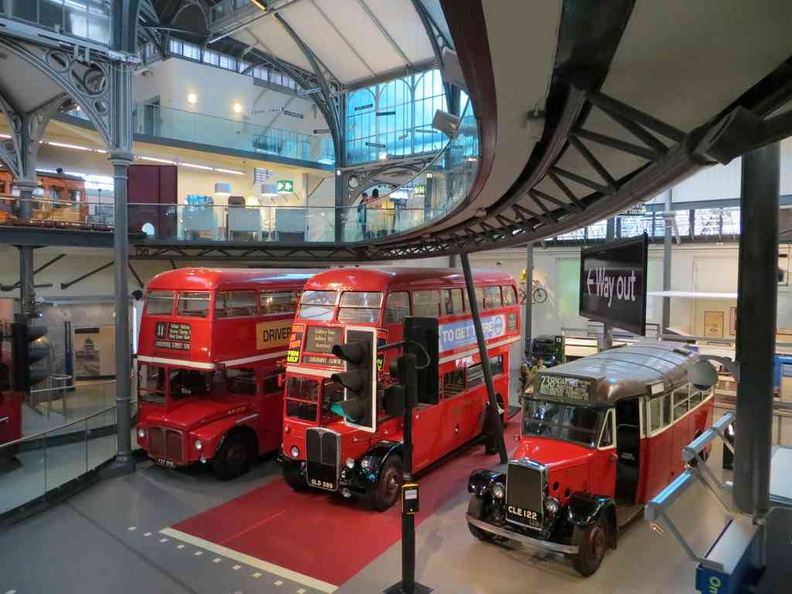
This saw the introduction of coal and steam powered vehicles. With this industrial revolution of the steam age, closes this timeline of London transport history of horse power. The invention of the internal combustion engine saw the onset of more familiar items, such as the Route master and the British Leyland double deck motor bus.
The first Subway, the London Underground
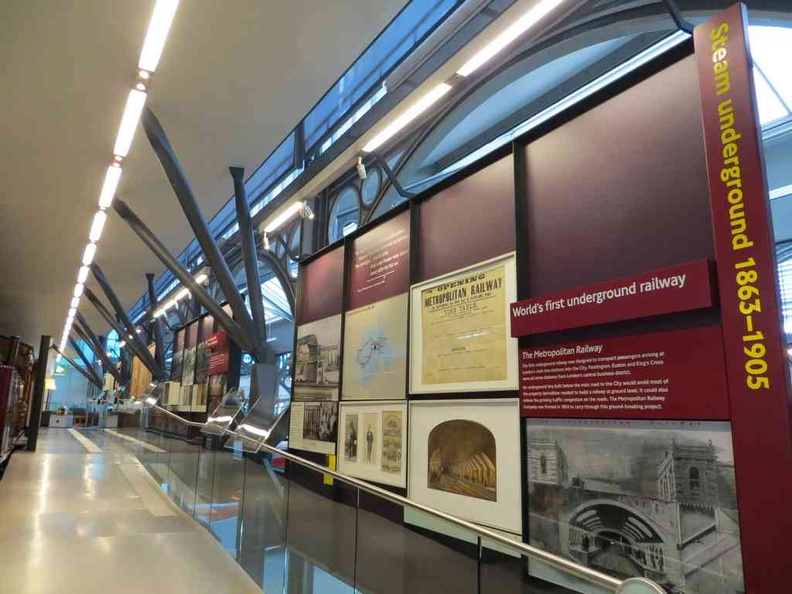
Moreover, there is a section devoted to the world’s first and oldest underground subway system in the world- The London Underground. Also the underground is the world’s oldest subway system, having been in operation for over 150 years.
It is a rolling piece of history itself operating till today and part of every Londoner’s daily life. As a matter of fact, you probably took the Underground subway to the museum itself, I know I did.
Furthermore, interestingly, steam power via coal was the main mode of locomotion before the 1900s. However, the early London tube underground subway system was not a pleasant one in a coal age. Then passengers had to deal with unsheltered carriages with a chugging locomotive in tight confined spaces underground. Not quite a pleasant, let be a suffocating experience with coal being burnt underground in tunnels.
The move to electrification
Additionally, Coke was used instead as coal to reduce steam and smoke from underground locomotives as it generates less smoke indoors. Also, fire-less locomotives powered using hot bricks to heat the steam were tested, but without much success. In the end, conventional steam engines were used but fitted with special pipes.
Moreover, these pipes condense and reduce exhaust steam into the tanks of cold water reduce smoke levels to bearable levels. On display here are a number of over ground City and south London Railway cars and coaches, such as the Metropolitan railway steam locomotives, and the Wotton Tramway traction engine locomotive from 1872.
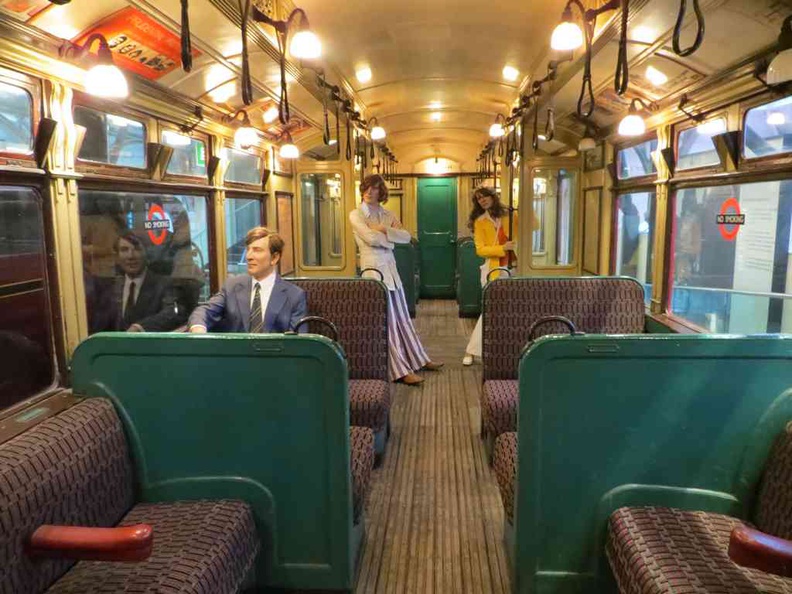
Then there came the Underground electrification in 1905s with the discovery of electricity and motors. This saw the introduction of electrical locomotive like the John Hampden 1922 here. It went on to evolve into the familiar Underground trains we saw today. In addition, on display are various old classic signage, street and station name boards, as well as dated subway maps of the old rail network before the massive expansive network we see today.
An interactive museum
Furthermore, a selling point of the London Transport museum is the interactivity you can get with the displays and contraptions. Almost all the vehicles, albeit some of the vintage ones allow you to clamber aboard as a passenger. Also, you can climb abroad these buses and explore the various decks and floors at your own time. Including sitting on the passenger and driver’s seat for photos.
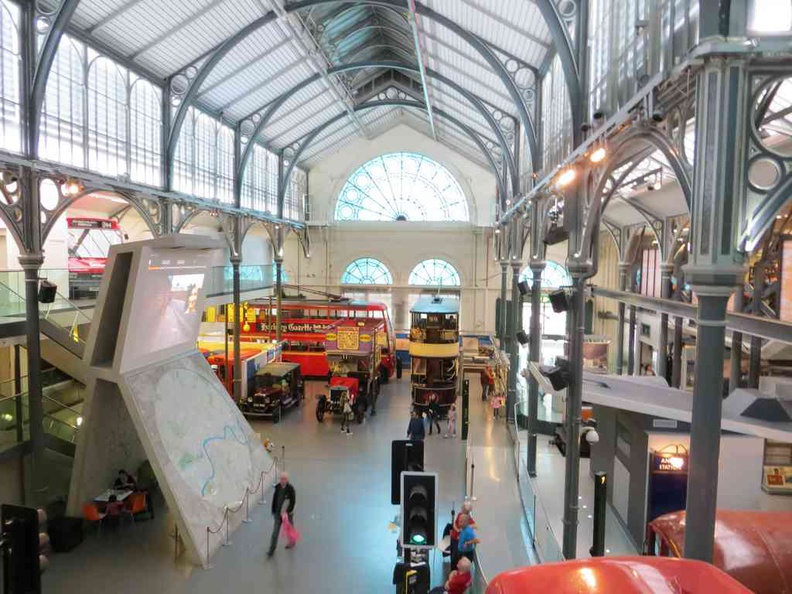
Also, the subway section allows you to have a go at a tube subway simulator, where you can control the start and stop of a subway train using a dead man’s switch.
Climb onboard!
Moreover, moving down to the ground floor houses, taxis (including metro cab taxis from the nineties), trolley trams (like those in popular in Europe), trolleybuses, photos capturing transport history from 1860s to the present day, including posters and signages. Also on display are a myriad of Tickets, timetables and uniforms. I got to meet some retired old timers who used to operate the buses and as ticket conductors.
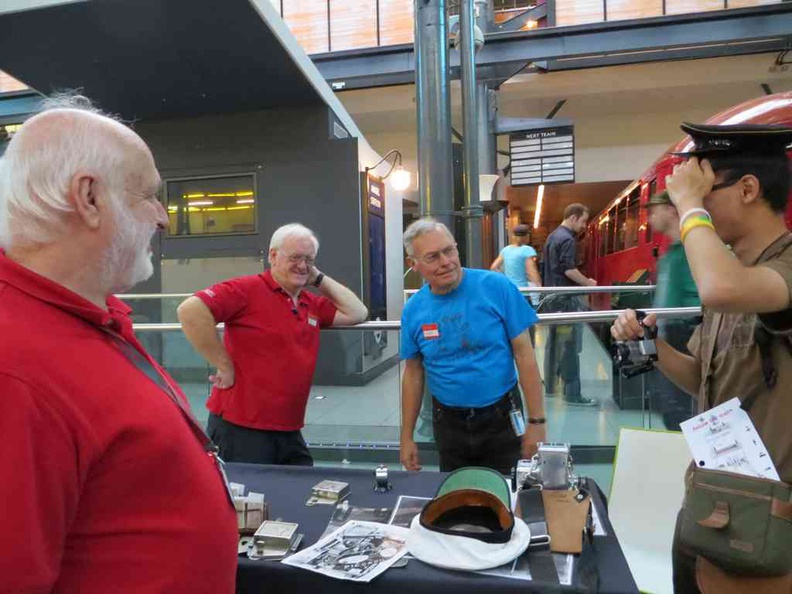
These ex-operators now volunteer their time educating guests in the museum. Also, here I was introduced to a handheld ticket dispenser which punches and put out a ticket as proof of payment for your trip on board the buses.
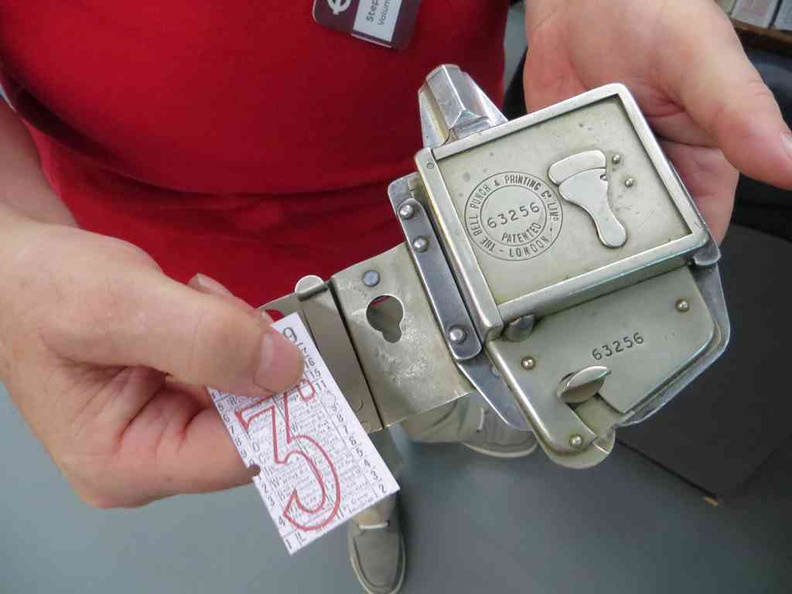
All in all, London Transport Museum is one of the cool but lesser gems of a museum to explore in the London Covert garden district. Highlights includes interactivity and able to hop on actual historical display vehicles in the flesh here in the museum. You be good for an entire afternoon here, especially if you were to try out and visit every single exhibit, a must-visit for any public transport enthusiasts alike.

